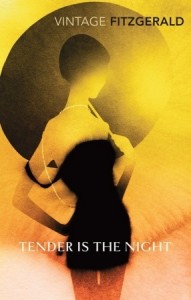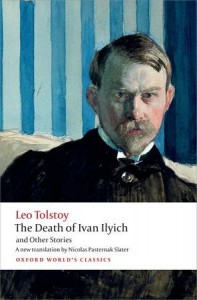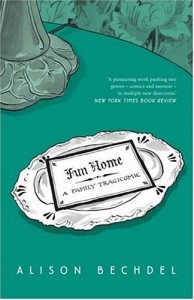 It seems 2015 is off to an incredible start; not only have I pushed myself into the world of BookTube, but my reading for January has been well above average. I set myself the goal of doing more re-reading and books in translation this year and so far I have already re-read one book and two translations. The book I re-read was been Perfume: The Story of a Murder by Patrick Süskind (I even did a video review of this novel) although I am currently half way through The Master and Margarita by Mikhail Bulgakov (translated by Hugh Aplin) which is also a translation. Perfume was translated into English from German by John E. Woods and I read the Russian classic The Death of Ivan Ilyich by Leo Tolstoy (translated by Nicolas Pasternak Slater) at the beginning of the month as well. I am very happy with my progress so far and I hope the rest of the year is just as good.
It seems 2015 is off to an incredible start; not only have I pushed myself into the world of BookTube, but my reading for January has been well above average. I set myself the goal of doing more re-reading and books in translation this year and so far I have already re-read one book and two translations. The book I re-read was been Perfume: The Story of a Murder by Patrick Süskind (I even did a video review of this novel) although I am currently half way through The Master and Margarita by Mikhail Bulgakov (translated by Hugh Aplin) which is also a translation. Perfume was translated into English from German by John E. Woods and I read the Russian classic The Death of Ivan Ilyich by Leo Tolstoy (translated by Nicolas Pasternak Slater) at the beginning of the month as well. I am very happy with my progress so far and I hope the rest of the year is just as good.
Apart from working through my reading goals, I seem to have fallen into reading a bit of fantasy lately, after reading Whispers Under Ground by Ben Aaronovitch, which is book 3 in the Peter Grant series, I immediately wanted to move onto book 4, Broken Homes (currently reading now). I also picked up Among Others which was wonderful and I loved the whole idea about reading a fantasy book about reading science fiction. I actually filmed my first video review on the book and it lead me to reserve so many more fantasy novels from the library, so there may be some more in this genre in the future.
I have also read and enjoyed The Thousand Autumns of Jacob de Zoet by David Mitchell, The Secret History of Wonder Woman by Jill Lepore and An Untamed State by Roxane Gay. Which makes this a pretty spectacular month, but I do worry that every book I read this year will get a four star rating on Goodreads. That could be equally a blessing and a curse, but I shall see how things go moving forward. I did also read Acceptance by Jeff VanderMeer which is the final book in the Southern Reach and of course Tender Is the Night by F. Scott Fitzgerald.
As January is coming to an end I am in a weird situation where I have five books on the go at the one time. I normally read two or three books at once but I have found myself dipping in and out of books lately and this is created a larger than normal ‘currently reading’ list. This means I have got a few books on my February TBR and they are, The Buried Giant by Kazuo Ishiguro, Norwegian Wood by Haruki Murakami (translated by Jay Rubin), Deeper Water by Jessie Cole and as I mentioned before The Master and Margarita and Broken Homes. I hope your January has been just as productive as mine.

 Title: Tender Is the Night (
Title: Tender Is the Night ( Title: Perfume: The Story of a Murderer (
Title: Perfume: The Story of a Murderer ( Title: All the Birds, Singing (
Title: All the Birds, Singing ( Title: The Thousand Autumns of Jacob de Zoet (
Title: The Thousand Autumns of Jacob de Zoet ( Title: The Death of Ivan Ilyich (
Title: The Death of Ivan Ilyich ( Title: Cherry Bomb (
Title: Cherry Bomb ( Title: In the First Circle (
Title: In the First Circle ( Title: Jane Eyre (
Title: Jane Eyre ( Title: Fun Home: A Family Tragicomic (
Title: Fun Home: A Family Tragicomic (